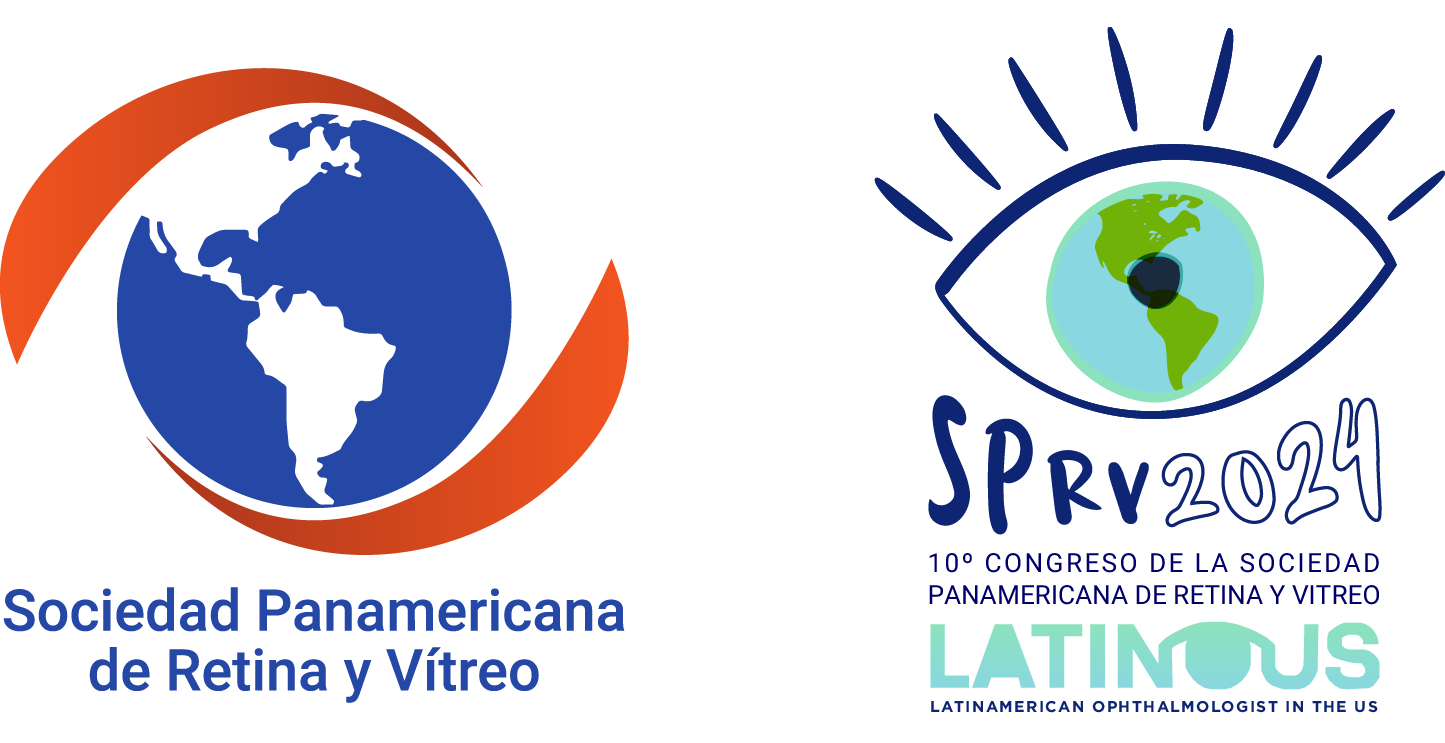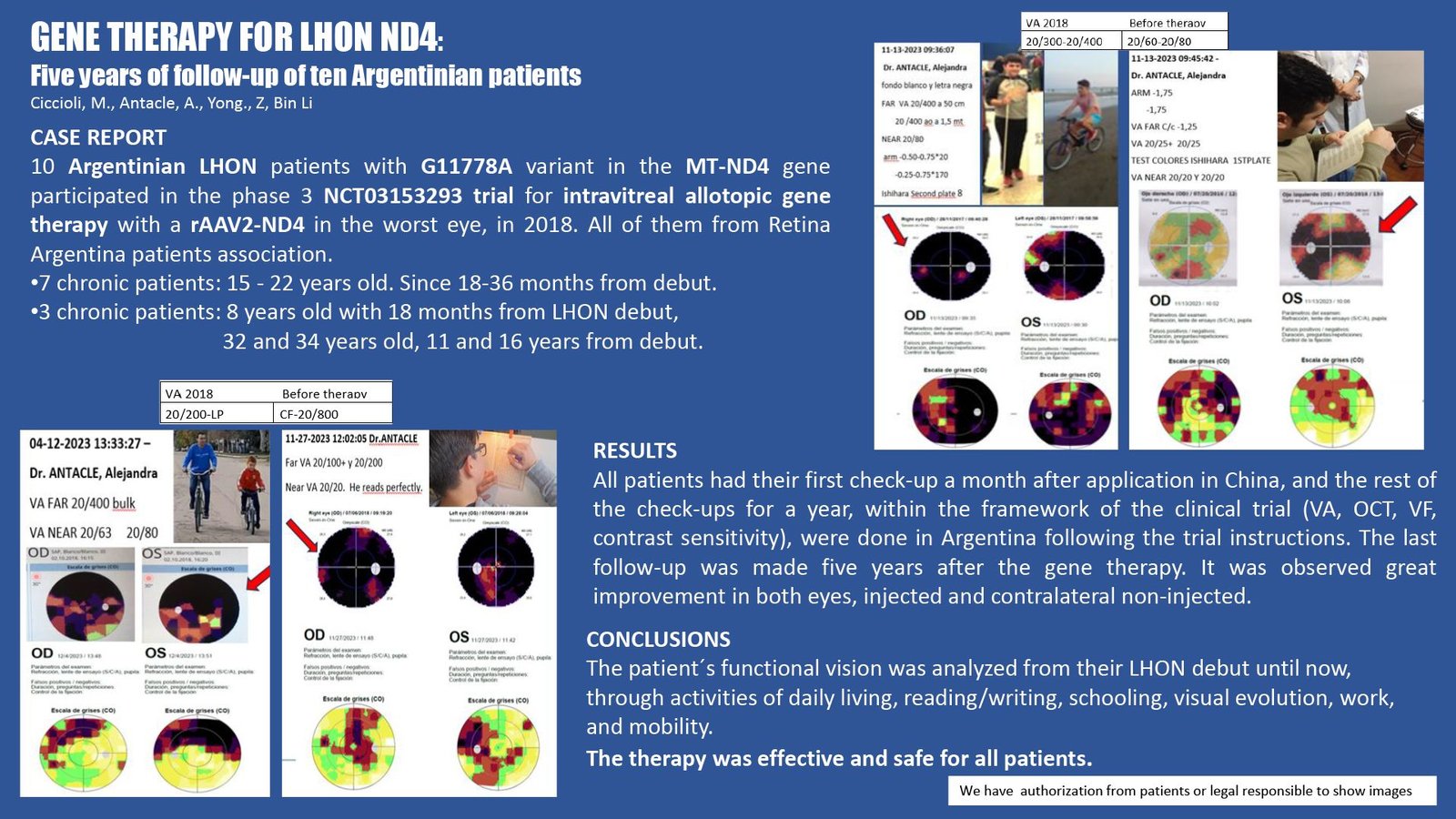SCIENTIFIC PAPER

Surgical Approach and Molecular Analysis using PCR of Aqueous Humor and Vitreous in Patients with Acute Retinal Necrosis
PRESENTING AUTHOR
Mariam Cernichiaro-Espinosa
-
Matilde Ruíz-Cruz,Inflammatory Eye Diseases Clinic, Asociación para Evitar la Ceguera en México, I.A.P, Mexico City, Mexico. Vitreo-retinal department, Asociación pa...
-
María Fernanda Golzarri-Millote,Inflammatory Eye Diseases Clinic, Asociación para Evitar la Ceguera en México, I.A.P, Mexico City, Mexico. Vitreo-retinal department, Asociación pa...
-
Purpose:
Describing surgical approach in three cases of acute retinal necrosis (ARN) with retinal detachment (RD), and report molecular analysis by PCR of aqueous (AH) and vitreous humor sample.
-
Methods:
Retrospective clinical-surgical case reports
-
Results:
Three patients with ARN and RD underwent surgery and had molecular assay. All patients were treated with valacyclovir and oral prednisone. We performed scleral buckle (SB), and vitrectomy with silicone tamponade (ST) in all cases, but just one laser photocoagulation posterior to ora serrata 360º. First case, a 51-year-old male with OD counting fingers and mixed RD and OS had no light perception, with total RD; AH PCR was positive for herpes zoster virus (HZV). Six months later, retina remained attached without necrosis. Second, a 36-year-old male developed RD in OS; post-surgery, retinitis was significantly reduced and retina remained attached with a PCR vitreous sample positive for HZV and herpes simplex virus type 1 (HSV1). Third, an 82-year-old woman with necrosis in all retinal quadrants and RD, AH PCR was positive for HSV1 and HZV. One week later, retina remained attached.
-
Conclusions:
These cases illustrate the pre-, intra-, and post-surgical management that resulted in favorable outcomes. Also, controversial management of vitreous base with laser photocoagulation, due to the risk of retinitis progression and scleral buckle. PCR confirmed HZV infection in all patients, with co-infection of HSV1 and HZV in two cases. ARN is a challenging medical-surgical disease to manage. Diagnosis remains clinical, but PCR samples are an option for non-classic presentations, early RD or poor visualization due to vitritis.
The authors have no financial interests in any material discussed in this article. There are no conflicts of interest to disclose.












